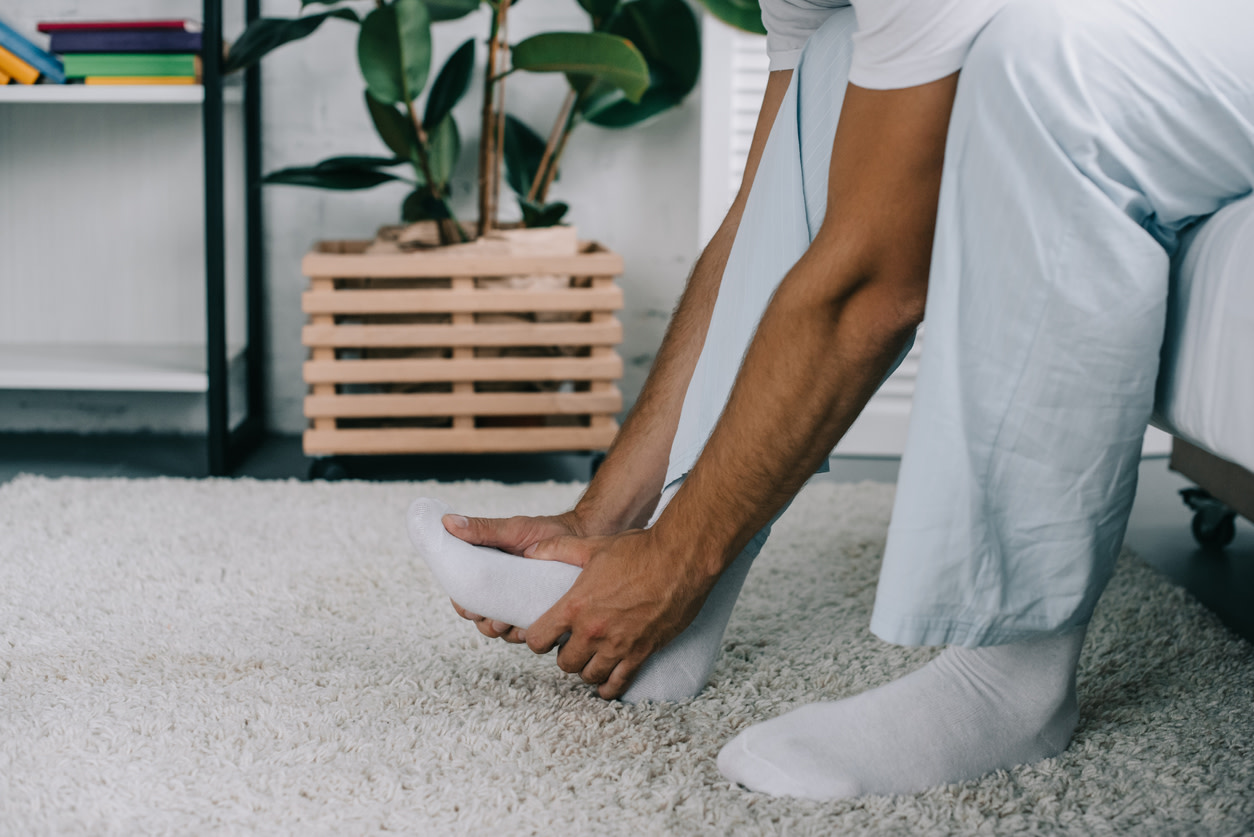Ball of foot pain treatment: tips and exercises
Discover effective ball of foot pain treatment options, including exercises from physical therapists to relieve pain.
0 $ pour vous
Dernière mise à jour : Sep 1, 2025
Table des matières
Fully covered foot or ankle pain relief
Find relief from foot pain, ankle pain, plantar fasciitis, & more.
Check if I'm eligible